How to Force Shutdown a Mac Computer
Force shutdown Mac computer
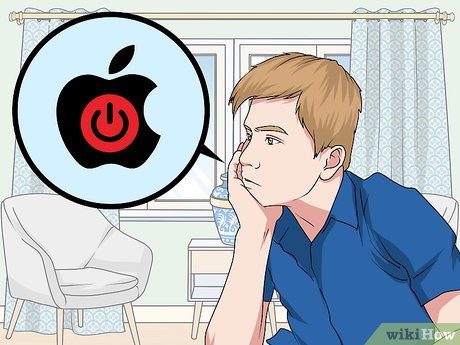
You need to understand that forcing a shutdown can cause problems for your Mac computer. When forcing a Mac computer to shut down, open programs (if any) will also be forced to close and unsaved data during the session will be lost. In some cases, this can also cause the open program or installer to crash.
To be as safe as possible, you should close all open programs before forcing your Mac to shut down.
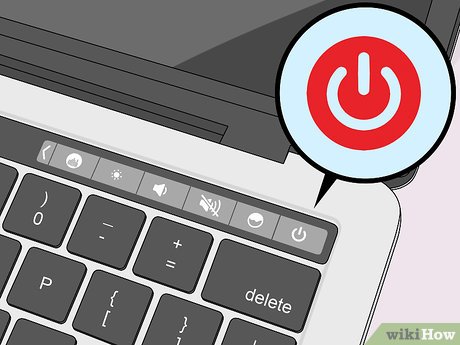
Find your Mac's power button. Most Mac computers have a physical button with a "Power" icon, which you can click to turn off the device:
On MacBooks without a Touch Bar — The power button is located at the top right of the keyboard.
On MacBooks with a Touch Bar — The power button is located in the Touch ID section to the right of the touch bar.
On iMac — The power button is on the back, bottom left side of the iMac screen.

Press and hold the power button. After finding the power button, press and hold it for five seconds.

Release the power button after five seconds. At this point, the Mac computer will turn off.
If a dialog box pops up asking if you want to turn off your Mac, you haven't pressed the power button long enough.
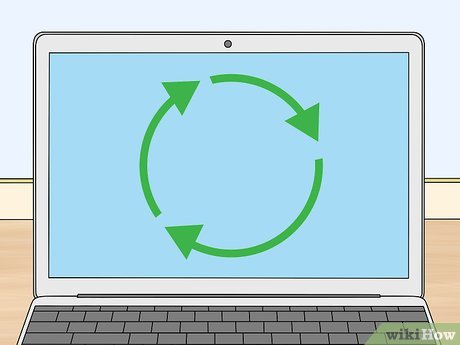
Wait one minute before turning the device back on. This will allow the Mac computer to completely shut down before being turned back on.
Force shutdown of a standing Mac computer
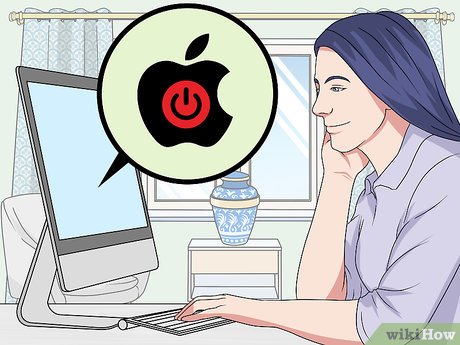
Determine the severity of the computer. If your Mac freezes and you can't interact with any items on the screen or even move the mouse, skip the next two steps.
If you are still able to interact with some items on the screen, you can try force closing the program that is causing the freeze.
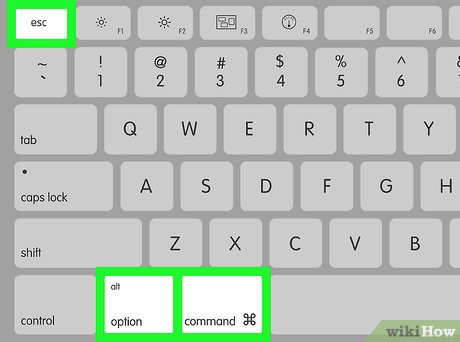
Try force closing the app. If your Mac freezes after an application launches, you can force quit the application as follows:
Press ⌘ Command+ ⌥ Option+ Escto open the Force Quit window.
Click the program you want to force quit.
Click Force Quit at the bottom of the window.
Click Force Quit if asked.
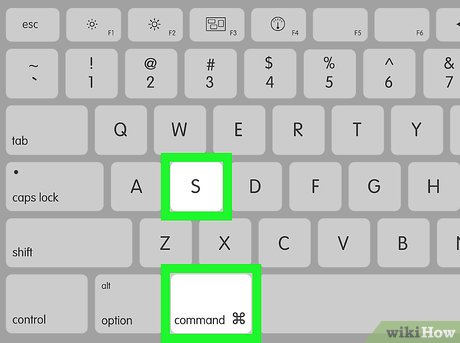
Try to save unfinished work. If you determine that you cannot force quit the program that is causing the problem, try to save all unfinished work on any remaining responsive programs. Normally, you can proceed by pressing ⌘ Command+ Son the program's window.
Because forcing your Mac to shut down will also close all open programs, you may lose unsaved sessions.
Many programs, such as those in the Microsoft Office suite, save a backup of your session so you can restore it after restarting your Mac.
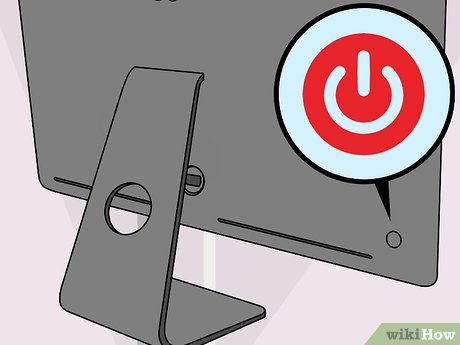
Find your Mac's power button. Most Mac computers have a physical button with a "Power" icon, which you can press to turn off the computer:
On MacBooks without a Touch Bar — The power button is located at the top right of the keyboard.
On MacBooks with a Touch Bar — The power button is located in the Touch ID section to the right of the touch bar.
On iMac — The power button is on the back, bottom left side of the iMac screen.
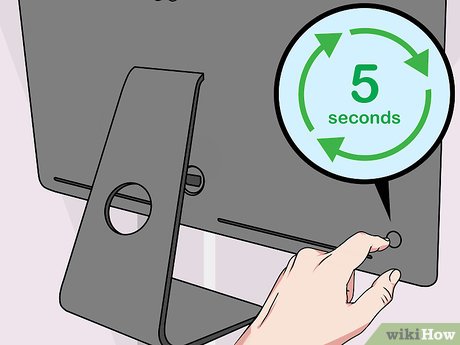
Press and hold the power button. After finding the power button, hold it down for five seconds and don't release it until the screen turns off.
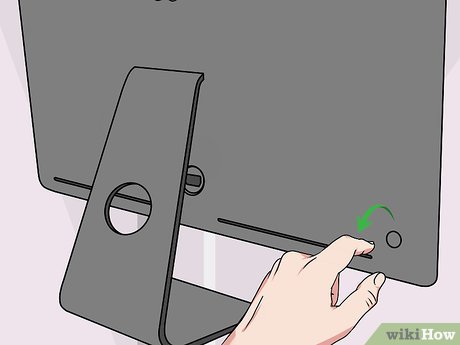
Release the power button when the screen turns off. This sign shows that the Mac computer is powered off.
It may take about a minute for your Mac to completely shut down; you'll need to make sure it's stopped making noise before continuing.
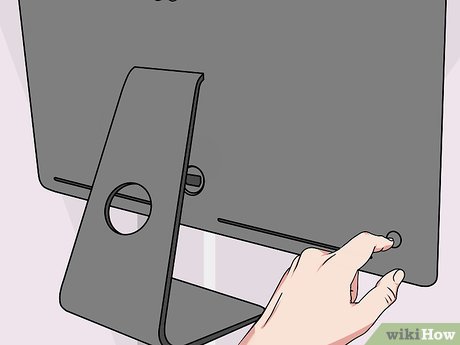
Reopen your Mac computer after one minute. Once your Mac is completely turned off, you can press the power button to turn it back on. After restarting, your Mac computer will operate normally.
If your computer still freezes after restarting, you need to troubleshoot your Mac computer.
Fix the problem before restarting
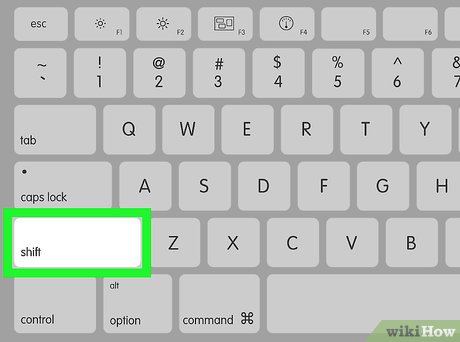
Start the computer in Safe Mode. If the device continues to freeze after being forced to shut down, restart it again. As soon as the device is turned back on, press the key ⇧ Shiftimmediately and release it after you see the Apple logo. The computer will boot into Safe Mode and try to fix the problem with the drive.
Many applications will not work in Safe Mode. Apply Safe Mode for the next steps, then reboot to return the computer to normal state.
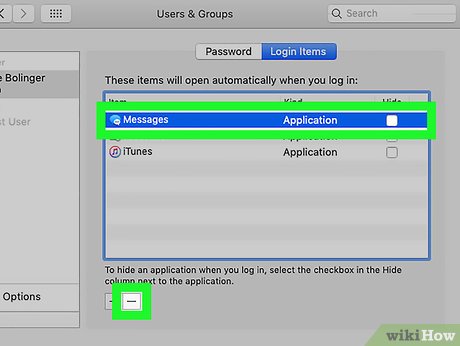
Disable programs that start with the system . Safe Mode will prevent programs from automatically starting with the system. To prevent certain programs from opening automatically after the system starts:
Open the Apple menu .
Click Users & Groups .
Select the user account in the left pane.
Click the Login Items tab .
Select the program that caused the error.
Click the - sign below the program list.
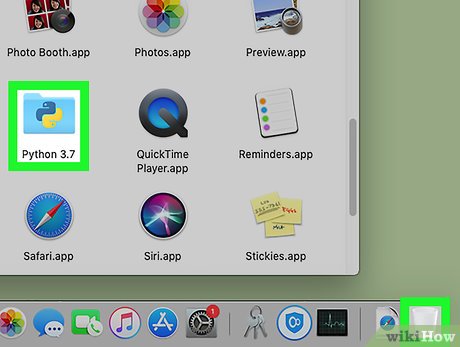
Uninstall the cause program. If you know the specific program that's causing your Mac to freeze, uninstalling it (and reinstalling it if you like) will fix the problem:
Open Finder.
Click the Applications folder (or click the Go menu and select Applications in the drop-down menu that appears).
Find the program that causes the computer to freeze.
Drag the program and drop it into the Trash.
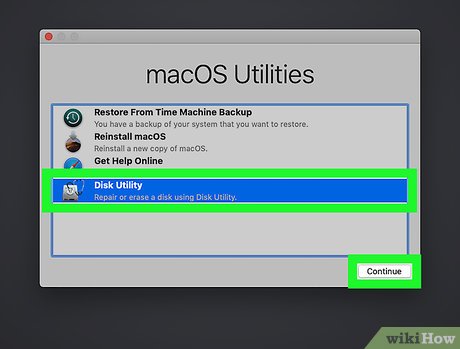
Repair the drive. If your computer is still having problems that don't seem to be related to a specific program, follow these steps to repair the drive:
Restart the computer and hold down the ⌘ Command+ key combination Ras soon as it starts.
Click Disk Utility on the startup screen.
Click Continue .
Select the boot drive and click Repair Disk .
Wait for this process to complete (it may take a while), then restart your computer.
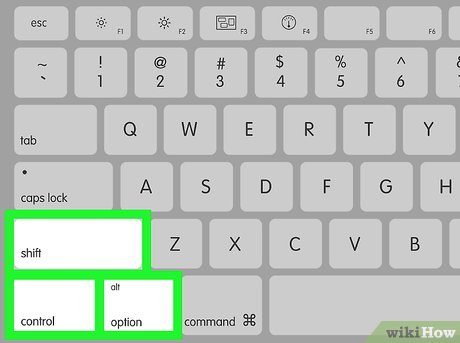
Reset SMC. SMC or System Management Controller is responsible for handling many physical components inside a Mac computer. Just a problem with the SMC can cause the power button to not work properly or the machine to process slowly. If the above steps do not solve the problem, reset SMC:
For laptops with non-removable batteries — Turn off the computer and unplug it from the power source. On the left side of the integrated keyboard, hold down ⇧ Shift+ Control+ ⌥ Optionsimultaneously with the power button, then release all keys and press the power button again.
For laptops with removable batteries — Turn off the computer. Unplug the power adapter and remove the battery, then hold down the power button for five seconds. Release the power button, reinsert the battery, and plug in the computer. Press the power button.
For desktop computers — Power off the iMac and unplug it. Wait fifteen seconds, then plug it back in. Wait another five seconds then press the power button.
You should read it
- How to turn off Windows 10 computer without waiting for the update to install
- Instructions for scheduling a Windows 10 computer shutdown
- Trick to turn off the computer from the right-click menu on Windows 8
- How to automatically turn on the computer on Windows
- How to turn off the computer automatically
- How to turn on Wake-On-LAN for the computer - Turn on the remote computer in the LAN
- How to turn off the computer quickly with the keyboard on Windows 10, 8, 7
- 7 ways to turn a smartphone into a PC
May be interested
- Trick to turn off the computer from the right-click menu on Windows 8
 on windows 8, to turn off the computer, you have to go through many steps. with this method, you can add shutdown to the right-click menu to turn off the computer faster despite being in any screen.
on windows 8, to turn off the computer, you have to go through many steps. with this method, you can add shutdown to the right-click menu to turn off the computer faster despite being in any screen. - How to create Slide to Shutdown function on Windows 10
 the slide to shutdown function on windows 10 helps you shut down quickly, shortening a lot of time to turn off the computer just by sliding the screen down.
the slide to shutdown function on windows 10 helps you shut down quickly, shortening a lot of time to turn off the computer just by sliding the screen down. - Instructions to prevent shutdown on Windows 10 computers
 the shutdown process on windows operating system is extremely simple. in fact, windows offers a lot of ways and options to turn off the computer, such as using keyboard shortcuts, shutdown options on the start menu and lock screen lock screen, through the power user menu, ...
the shutdown process on windows operating system is extremely simple. in fact, windows offers a lot of ways and options to turn off the computer, such as using keyboard shortcuts, shutdown options on the start menu and lock screen lock screen, through the power user menu, ... - How to Make a Shutdown Shortcut in Windows
 creating a shutdown shortcut in windows will allow you to shutdown your computer in a single click. this can be especially useful if you use windows 8, which has hidden the shutdown command behind several menus. windows 10 and windows 8...
creating a shutdown shortcut in windows will allow you to shutdown your computer in a single click. this can be especially useful if you use windows 8, which has hidden the shutdown command behind several menus. windows 10 and windows 8... - The computer does not display the Shutdown button, fixing the error is not difficult
 the computer doesn't show the shutdown button, so every time you want to turn it off, you have to use different methods? learn how to fix the problem in detail shared by tipsmake in this article.
the computer doesn't show the shutdown button, so every time you want to turn it off, you have to use different methods? learn how to fix the problem in detail shared by tipsmake in this article. - There is evidence that confirms the existence of a fifth force, which can reverse the physics we still know
 if a fifth force appears and physics will have to rotate the four fundamental forces we already know.
if a fifth force appears and physics will have to rotate the four fundamental forces we already know. - How to create a shutdown button on Windows 11 outside the computer screen
 when you're done, the last thing you need to do is turn off your computer. before, you had to do quite a bit of work to be able to do this. however, after you create the shutdown button on windows 11, the shutdown operation will become much faster.
when you're done, the last thing you need to do is turn off your computer. before, you had to do quite a bit of work to be able to do this. however, after you create the shutdown button on windows 11, the shutdown operation will become much faster. - Tips to schedule shutdown computer without using software
 do you know how to schedule shutdown computer without using software yet? if not, please refer to the article below
do you know how to schedule shutdown computer without using software yet? if not, please refer to the article below - All the ways to shut down your Windows computer
 shutting down a windows computer is something we do all the time, but there are many ways to do it. each method can be useful in different situations.
shutting down a windows computer is something we do all the time, but there are many ways to do it. each method can be useful in different situations. - Sleep or shutdown: Which option is better for your PC?
 sleep or shutdown: which option is better for your pc? please join tipsmake.com refer to the article below!
sleep or shutdown: which option is better for your pc? please join tipsmake.com refer to the article below!










 How to Open Acsm Files on PC or Mac
How to Open Acsm Files on PC or Mac How to Open PDF Files
How to Open PDF Files How to Open RAR Files on Mac OS X
How to Open RAR Files on Mac OS X How to Open Apps Using Terminal on Mac
How to Open Apps Using Terminal on Mac How to Open Apps as Root on Mac
How to Open Apps as Root on Mac How to Eject a CD with a Mac
How to Eject a CD with a Mac